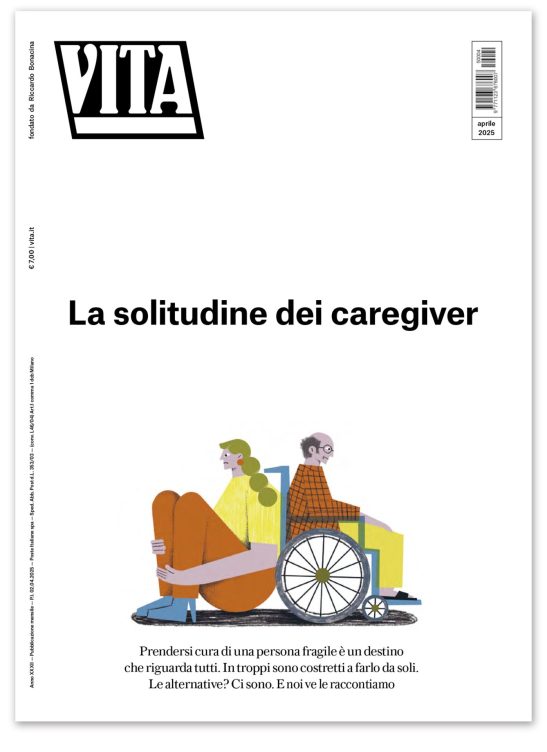Tibet: Civil society launches message of hope
Humanitarian journalist and photographer Angel Lòpez Soto meets Vita Europe, and sends out a message of hope to the 120 thousand Tibetan refugees who live in exile.
Hope. Samten paid his escape from Chinese occupied Tibet with a stomach infection, his brother and his friend with amputations on both of their feet. And yet Angel Lòpez Soto, a 55 year old photographer and humanitarian journalist who was born in Buenos Aires and lives in Madrid, has chosen their faces – bent over a bowl of rice on top of shoulders tense with the strain of the cold and their feet crippled by frostbite and blisters – to say: there is still hope. Soto chose this picture, among the thousands taken in India, Nepal, the United States, and Europe over the course of 11 years to tell the lives of over 120 thousand Tibetan refugees that have chosen to live in exile. He chose a picture taken in 1998 to recount the drama that is going on today, 10 years later.
How did this shot come about?
I met Samten, his brother and a friend of theirs at a shelter for Tibetan refugees in Katmandu. To get there they had crossed the Nagpa La, a mountain pass that, at 6000 metres above sea level, separates Tibet from Nepal and where every year more than 4 thousand people loose their lives. They were physically as well as psychologically drained because they had found the frozen bodies of other young Tibetans on their way across the montains. And their trip wasn?t over yet. After a rest at the centre in Katmandù they would get on a bus to Delhi and make it, finally to Dharamsala. It is a process that can take months, and that, in the absence of legal documents to get into India can be achieved with a special permit from the UN High Commission for refugees thanks to an agreement with Nepal. An agreement that, according to Human Rights Watch, in 2005 was abolished due to pressure from the Chinese government.
In way does this photograph represent hope?
Because Samten and the others did not die, they made it. And because of the look in the eyes of Tenzin Yanky, the nurse standing next to them, who manages the refugee shelter. Tenzin, who now lives in the USA, is a Tibetan exile too. Every morning she cares for undernourished, sun burnt people with frozen limbs. Every day, with her helpers, she cleans and disinfects thousands of wounds that are the bloody proof of an exile that has lasted for half a century. The look she gives the three youngsters is full of sweetness. ?Many young people die in the snow while their parents, in Tibet, think they are safe and sound in Nepal or India? she whispers.
Your work dedicated to the Tibetan exile includes many pictures of the Dalai Lama. What kind of man is he?
A peaceful fighter who doesn?t believe in boycotting the Olympic Games but in a peaceful solution for Tibet in full respect of human rights.
What impact can pictures have on a crisis paralysed by economic interests and political strategy?
I hope to make an itinerant show and a book.
Title?
Hope, I would say.
More info:
www.lopez-soto.com
Nessuno ti regala niente, noi sì
Hai letto questo articolo liberamente, senza essere bloccato dopo le prime righe. Ti è piaciuto? L’hai trovato interessante e utile? Gli articoli online di VITA sono in larga parte accessibili gratuitamente. Ci teniamo sia così per sempre, perché l’informazione è un diritto di tutti. E possiamo farlo grazie al supporto di chi si abbona.
